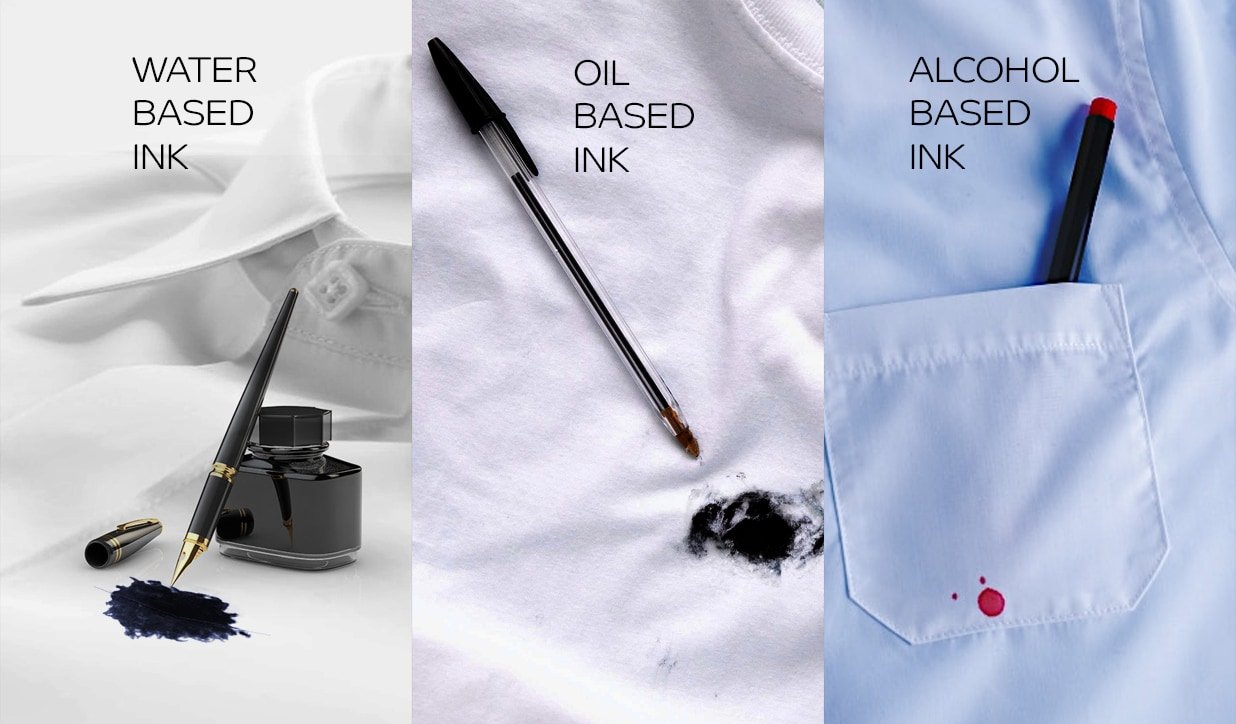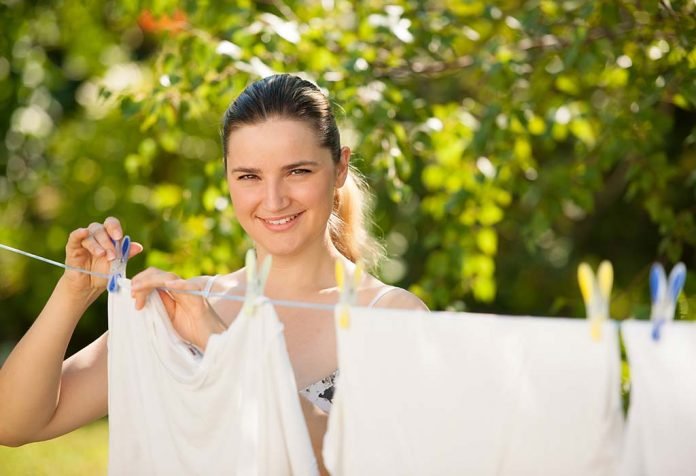
How Does Cultural Clothing in Africa Help with Weather Adaptation?
Cultural clothing in Africa is not just about fashion; it’s a testament to the region’s history and its people’s adaptation to the diverse climates. This article delves into how traditional African garments are designed to cope with various weather conditions, providing comfort and functionality.
Understanding the Role of Cultural Clothing
Traditional African clothing is designed to be functional, often using natural fibers like cotton that are breathable and comfortable in hot climates. The loose-fitting styles allow for better air circulation, which is essential in tropical regions.
Adapting to Hot and Dry Conditions
Many African garments are lightweight and made from materials that reflect sunlight, helping to keep the body cool. The use of bright colors and patterns not only adds aesthetic appeal but also serves to protect against the sun’s harmful rays.
Coping with Cold and Wet Weather
In areas with colder climates, African clothing often includes layers that can be added or removed as needed. Woolen materials and thick fabrics are used to provide insulation and keep the body warm.
Tips and FAQs
Did you know that the Maasai of East Africa use their traditional shukas, which are red and draped in a way that provides both warmth and protection from the sun? According to a study by the ‘Journal of Cultural Anthropology’, these garments are not just cultural symbols but practical attire for weather adaptation (source: Journal of Cultural Anthropology, 2020).
Modern Interpretations of Traditional Clothing
Today, many African designers are reinterpreting traditional styles for contemporary audiences, maintaining the functionality for weather adaptability while adding a modern twist. This fusion of old and new shows that cultural clothing is not only a connection to the past but also a practical choice for the present.
In conclusion, African cultural clothing is a brilliant example of how fashion can be both practical and beautiful, providing essential protection and comfort in various weather conditions. It’s a testament to the ingenuity of African cultures and their deep understanding of their environment.










